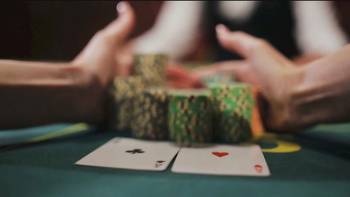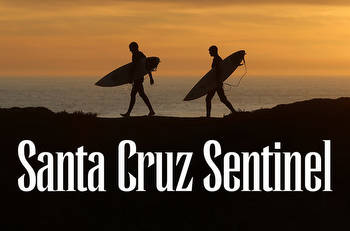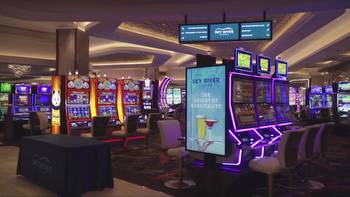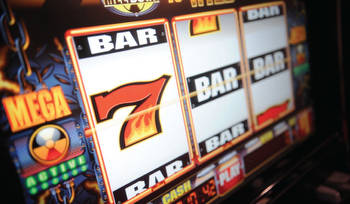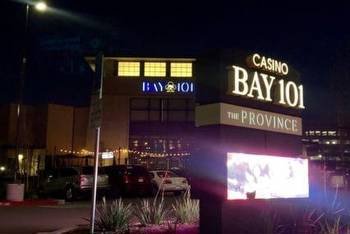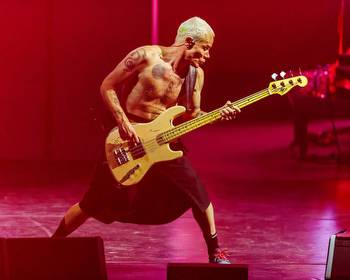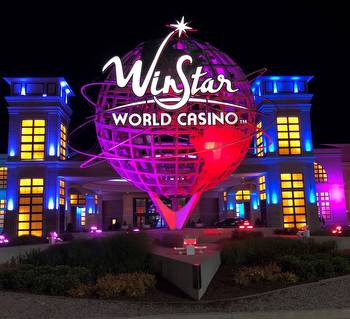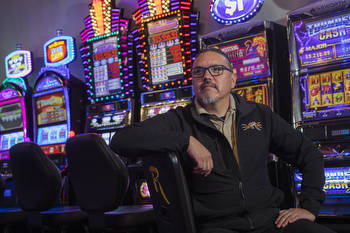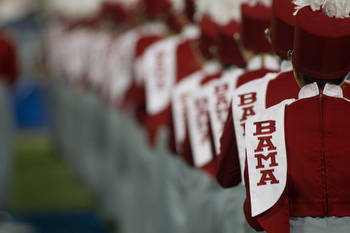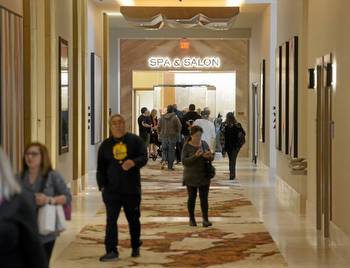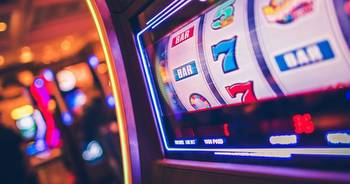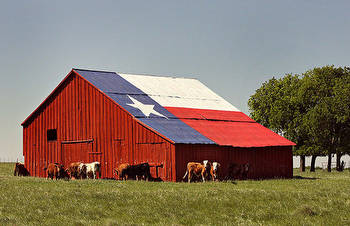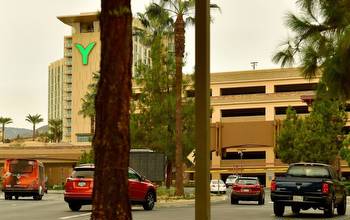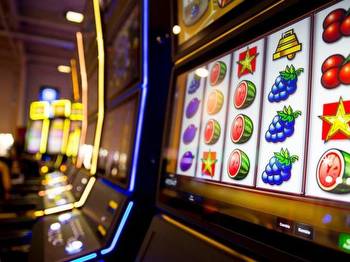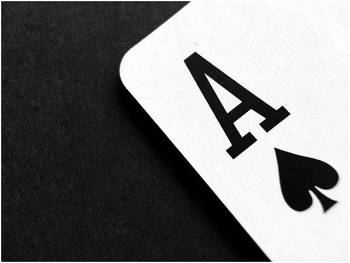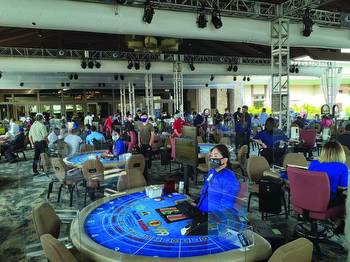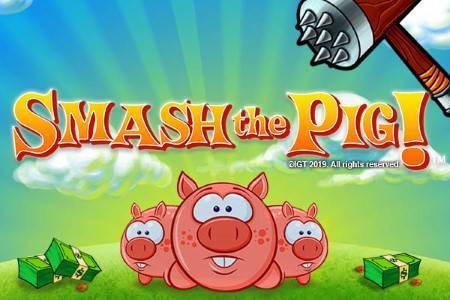With Propositions 26 and 27 on the ballot, we look at Indian casino history in California
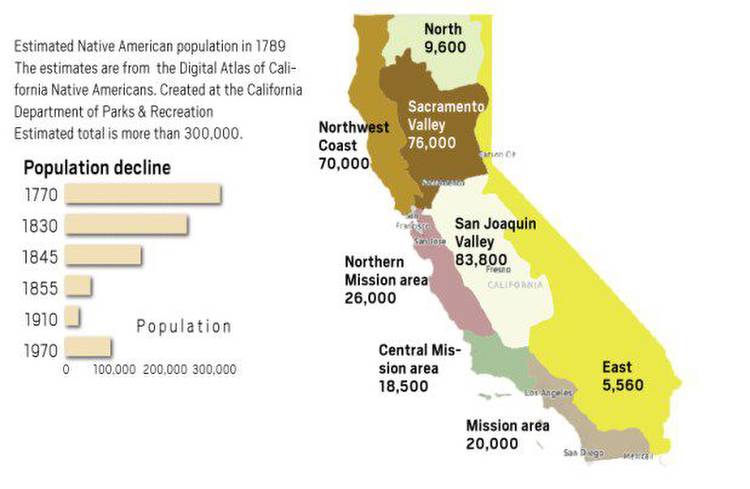
With Propositions 26 and 27 both related to tribal gaming, we look at the history of Native Americans and their casinos.
The Rincon Band of Mission Indians, located in San Diego County, made the first attempt to open a tribal casino in California in 1970. The San Diego County sheriff shut it down and the courts agreed with the decision.
Casino gaming came to the forefront of Indian matters during the 1980s. Controversy didn’t swirl around online sports betting or large Las Vegas-style resorts, but it began with small-scale bingo games. The opening of several reservation bingo halls led to court cases between state and tribal interests in Wisconsin, Florida and California
California opens the gates
After authorities issued citations to employees and customers and shut down a cards and bingo establishment on a Riverside reservation in 1980, a legal battle went all the way to the Supreme Court. On Feb. 25, 1987, the U.S. Supreme Court decided (6-3) that neither the state of California nor Riverside County could regulate the bingo and card game operations of the Cabazon Band of Mission Indians and the Morongo Band of Cahuilla Mission Indians. The ruling was known as the Cabazon decision, and it set in motion a series of federal and state actions — including two ballot propositions — that dramatically expanded tribal casino operations in California and other states.
In 2022, the state of California has signed and ratified Tribal-State Gaming Compacts with 79 tribes and there are secretarial procedures in effect with four tribes. There are currently 66 casinos operated by 63 tribes in the state. Last year, tribes paid around $65 million to support state regulatory and gambling addiction program costs. Tribes also pay tens of millions of dollars to local governments each year. Tribes operating larger casinos pay nearly $150 million annually to tribes that either do not operate casinos or have fewer than 350 slot machines.
The following brief descriptions are from the Legislative Analyst’s Office. Research the lao.ca.gov
Proposition 26 snapshot
A yes vote means: Four racetracks could offer in-person sports betting. Racetracks would pay the state a share of sports bets made. Tribal casinos could offer in-person sports betting, roulette, and games played with dice (such as craps) if permitted by individual tribal gambling agreements with the state. Tribes would be required to support state sports betting regulatory costs at casinos.
A no vote means: Sports betting would continue to be illegal in California. Tribal casinos would continue to be unable to offer roulette and games played with dice. No changes would be made to the way state gambling laws are enforced.
Proposition 27 snapshot
A yes vote means: Licensed tribes or gambling companies could offer online sports betting over the internet and mobile devices to people 21 years of age and older on non-tribal lands in California. Those offering online sports betting would be required to pay the state a share of sports bets made. A new state unit would be created to regulate online sports betting. New ways to reduce illegal online sports betting would be available.
A no vote means: Sports betting would continue to be illegal in California. No changes would be made to the way state gambling laws are enforced.
Class III gaming devices (slot machines)
The map below is an update of the 2006 Legislative Analyst’s Office overview of tribal casinos.
- The three largest facilities in the state (as measured by the number of Class III devices) are in Southern California. Yaamava Resort Casino (5,000 slot machines) in San Bernardino County
- Pechanga Resort Casino (5,000 slot machines) in Riverside County
- Morongo Casino Resort Spa (4,000 slot machines) in Riverside County
Click on the map below for an interactive guide to California’s Indian Gaming casinos from the California Gambling Control Commission.
The American Indian and Alaska Native population, alone and in combination, increased from 5.2 million in 2010 to 9.7 million in 2020, an 86.5% increase.
American Indian and Alaska Native people represent 2.9% of the U.S. population.
- About 30% live on reservations
- Of the 9.7 million, 5.9 million are in combination one race or more.
- California has the highest number of Native Americans, with a population of 778,593, comprising about 2% of its population.
- There are approximately 110 federally recognized Indian tribes, including several tribes with lands that cross state boundaries. There are also about 81 groups seeking federal recognition.
- California’s tribes are as small as five members and as large as 6,000 members.
Sources: California Indian Heritage Center, Culture areas map by A.L. Kroeber, “The Natural World of the California Indians” by Robert F. Heizer, “The Population of the California Indians, 1769-1970” by Sherburne F. Cook, The Bancroft Library at UC Berkeley, Smithsonian Institution, The Library of Congress, California Gambling Control Commission, Legislative Analyst’s Office, “Jackpot! A legal history of Indian gaming in California” by Aaron Peardon UNLV, California Tribal Court, California Native American Heritage Commission









